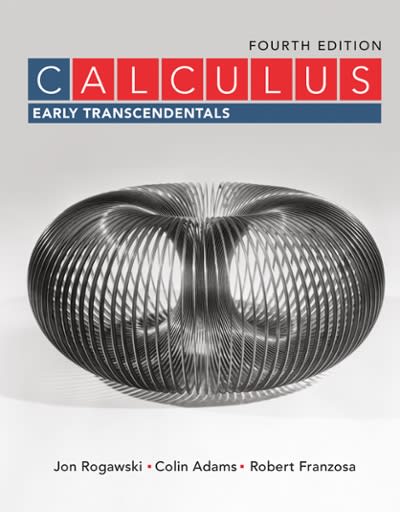Question
A biology student wants to determine if using a fertilizer would help promote growth of new babies in spider plants. The student has access to
A biology student wants to determine if using a fertilizer would help promote growth of new babies in spider plants. The student has access to 90 spider plants of three varieties: green, variegated, and curly. They all are potted in the same amount and type of soil, given the same amount of water, and exposed to the same amount of light. After one year, the shoots will be counted for each plant.
Which of the following describes a random block design for this experiment?
- The plants are numbered 01-90. Using a line from a random number table, the first 45 two-digit numbers, ignoring repeats and the numbers 91-99 and 00, represent the plants that will receive fertilizer. The remaining 45 plants will not receive fertilizer.
- The plants are paired together based on similar size and numbered 1 and 2. Within each pair, a 6-sided number cube is rolled. If it lands on 1, 2, or 3, plant 1 receives the fertilizer and plant 2 does not receive fertilizer. If the cube lands on 4, 5, or 6, plant 1 does not receive fertilizer and plant 2 receives fertilizer. This is done for each of the 45 pairs of plants.
- The plants are grouped based on variety. There are 30 plants of each variety. The plants within each variety are numbered 1-30, and the numbers are put in a random number generator. The first 15 unique numbers represent the plants in each variety that will receive fertilizer and the remaining 15 numbers will represent the plants in each variety that will not receive fertilizer.
- The plants are grouped based on size. The 30 biggest plants are placed in one group and the 30 smallest plants in another other group. The remaining 30 plants are placed in a third group. For each group, a coin is flipped. If the coin lands on heads then the group will receive the fertilizer. If it lands on tails, then the group will not receive fertilizer. Repeat this procedure for the other two groups.
Step by Step Solution
There are 3 Steps involved in it
Step: 1

Get Instant Access to Expert-Tailored Solutions
See step-by-step solutions with expert insights and AI powered tools for academic success
Step: 2

Step: 3

Ace Your Homework with AI
Get the answers you need in no time with our AI-driven, step-by-step assistance
Get Started


